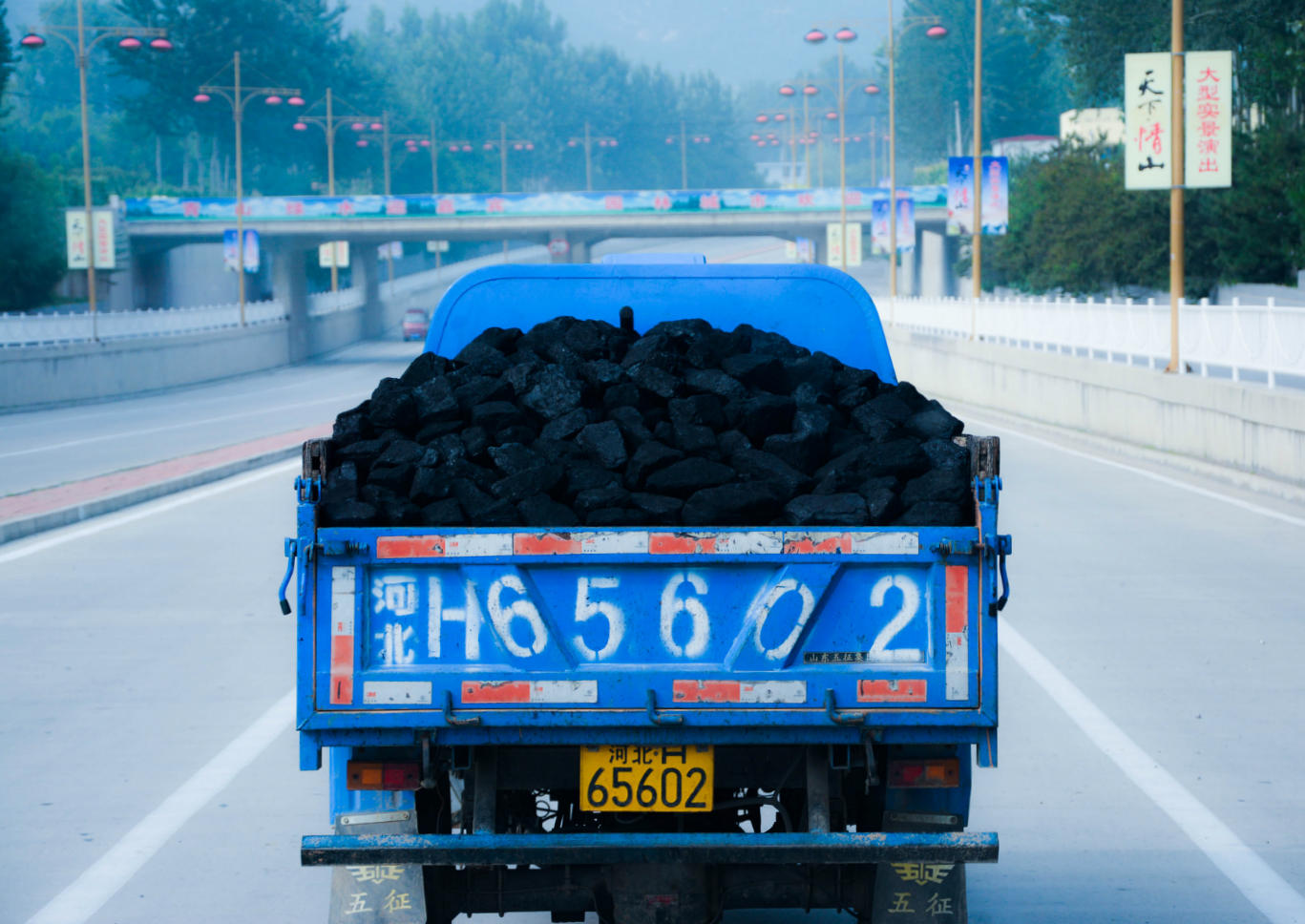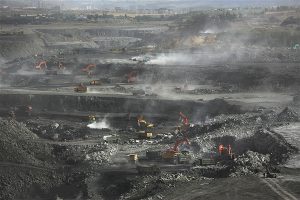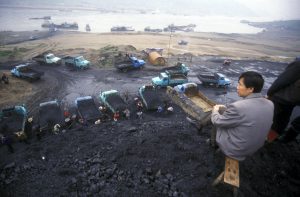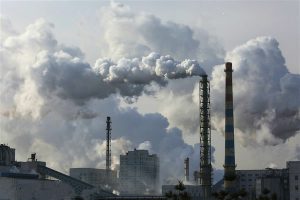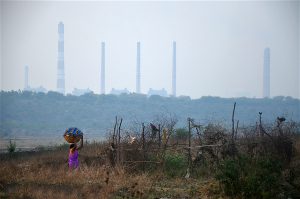The economic data for the first half of 2017 is in and it suggests that China’s efforts to curb coal consumption may have faltered, raising questions over the country’s progress in greening and restructuring its economy.
According to new figures from the Chinese National Bureau of Statistics, domestic coal production increased by 5% year-on-year. China also remains a net importer of coal, meaning it imports more coal from other countries than it exports.
In the first six months of 2017, China’s economy grew faster than expected at 6.9% year-on-year. GDP growth and coal consumption are linked. But it remains unclear whether the resumption of higher GDP growth will end the three-year decline in coal consumption or is just a temporary increase.
Coal demand is up
Steel and power generation have been the main drivers of China’s coal demand, according to Huw Slater, research and projects manager at China Carbon Forum, a non-profit organisation working in the climate and environmental sector. China’s steel production reached a record high in June 2017. This is consistent with a surge in demand for coking coal in the first half of the year.
“China’s stronger economic growth since early 2016 is driven by sizeable credit stimulus that has mainly benefited construction and ailing heavy industry sectors,” says Lauri Myllyvirta, energy analyst at Greenpeace in Beijing.
Thermal power production rose 7.1% year-on-year between January and June while total electricity demand increased by about 6%. Unfavourable weather conditions limited the supply of hydropower.
The share of electricity produced by solar and wind power continued to grow significantly. However, their combined output was “not enough to meet the higher level of growth in power demand, leaving coal power to fill the gap,” says Slater.
Long term trends
Coal consumption in China has declined for three years in a row since 2014. A number of organisations, including the IEA, IEEFA, and Brookings Insitution claimed that China’s coal consumption might have peaked as early as 2013, suggesting a decoupling between economic growth and coal consumption.
Many believe the rebound in coal production is a blip that does not indicate a return to annual growth in coal consumption. Nonetheless, additional measures to keep coal consumption under control are still needed.
“It is too early to say [whether] the declining trend of coal use will stop this year,” says Professor Yuan Jiahai from North China Electric Power University. He argues that energy-intensive industries, such as steel and cement, have started to slow following an earlier surge, and that coal use in these industries, as well as the power sector, can be expected to decline.
Lauri Myllyvirta of Greenpeace suggests that “the priority should be setting new targets for reducing coal consumption in industries and households, and introducing stronger emission standards for heavy industry sectors.”
The bigger question
Others are suggesting that the increase in coal production reflects larger, more deep-rooted, problems with China’s economic reform efforts.
Financial analysts Caixin Insight have questioned whether the government’s economic reform plans are moving fast enough. The secondary sector, which includes energy-intensive industries such as manufacturing, mining, construction and power, still makes up a larger share of Chinese GDP than the service sector, and China’s economy remains heavily reliant on infrastructure investment.
In the long run, it’s simply too early to tell whether China can meet its ambitious economic development and reform goals whilst advancing on its pledges to save energy, decarbonise and fight climate change.
“Resuming efforts to diversify the economy away from smokestack industries will yield enormous environmental benefits both at home and globally,” says Myllyvirta.
